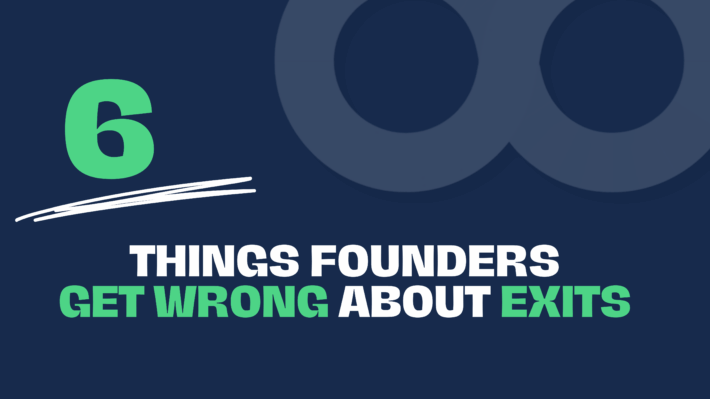Employee Ownership – the Latest Succession Trend and Why

Business owners are increasingly adopting Employee Ownership (EO) as their new exit strategy, recognising its potential to safeguard their company’s legacy, enhance social impact, and offer financial benefits. This model not only empowers workers but also ensures a smoother transition by involving those who know and value the company’s mission.
A recent study showed EO has seen a large uplift over the past five years because it answers many modern questions. What should retiring business owners do to preserve their legacy rather than sell out to competitors or private equity? How should owners reward the employees who have helped build the company? And what can be done that is socially useful? This is why it is fast becoming the new, more ethical exit strategy for business owners.
We answer those questions and propose five actions you can take to ensure, if you do choose Employee Ownership you’ll exit like a boss
1. Legacy That Lasts: Keeping Your Company’s Vision Alive
Transitioning ownership to employees ensures your business remains true to its original vision. Instead of handing over control to outsiders, your legacy and culture lives on through the very people who make the company tick and help you build it. Employee ownership creates continuity, where shared values drive the future.
Action – “Vision Keeper” Worksheet:
Develop a “Vision Keeper” document that outlines your core values and long-term mission and share this with your senior leadership team. This will act as a guiding light for your team during and after the transition.
2. Financial Flexibility and Continued Involvement
Employee ownership allows business owners to sell the company over time rather than all at once. Meaning the owner, if they wish, can stay involved to support operations while ensuring financial security. It’s a win-win approach—maintain influence while gradually handing over control.
Action – “Owner’s Roadmap”
Create an “Owner’s Roadmap” that outlines how and when you plan to reduce your involvement and work with your senior leadership team to agree these milestones and who will take ownership of what.This allows for a structured transition that’s comfortable for both you and the team.
3. Positive Social Impact: Building Stronger Communities
By transitioning to employee ownership, your business can contribute more to greater social equity. Workers who own a stake in the company are more invested in its success, which can lead to stronger community ties and a more sustainable workforce.
Action – “Impact Reflection”
Imagine how this shift will affect your employees, their families and the wider community. Write down three ways employee ownership could enhance social well-being in your area and encourage your workforce to get involved in more local initiatives. For example:
- Mentorship: Employees can mentor local youth, passing on valuable skills and contributing to future talent.
- Community Projects: Ownership encourages involvement in local sustainability efforts, benefiting the environment.
- Support for Local Economy: With a stake in the company’s success, employees are more likely to reinvest in the local economy, supporting small businesses.
4. Drive Innovation Through Ownership
When employees have a personal stake in the company’s future, they’re not just working for a paycheck—they’re working to drive the business forward. Ownership encourages a mindset shift where employees think like entrepreneurs. This not only boosts engagement but also leads to innovative ideas, as team members are motivated to find solutions that benefit the long-term growth of the company.
Action – “Owner’s Ideas Incubator”
Create an internal “Owner’s Ideas Incubator” once a month or quarter where employees have a few hours to pitch innovative solutions or strategies that could enhance company growth. This platform gives them the chance to think creatively and be rewarded for innovative thinking.
5. Financial Benefits for the Business Owner
Unlike traditional sale options, employee ownership allows for a more phased financial approach. You can defer the sale price over time, maintaining an income stream while gradually stepping away. This ensures financial stability during the transition and beyond.
Action – “Financial Bridge”
Design a “Financial Bridge” where you outline how you will invest, save or spend your money over time and share this with your accountant or wealth manager. This tool will help you understand how much you can defer and support employee ownership financial modelling for the business.
Using these five steps should put you on the right track to empower your leadership team and exit successfully.





